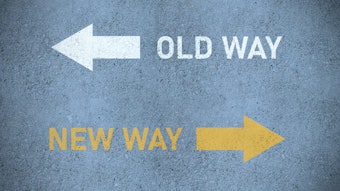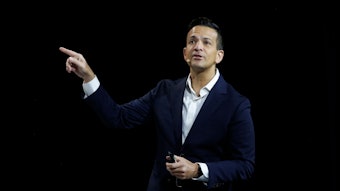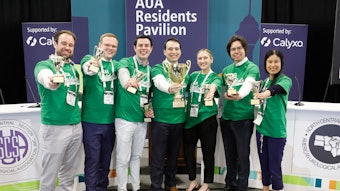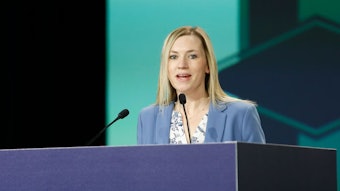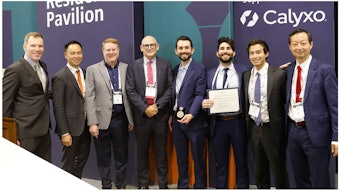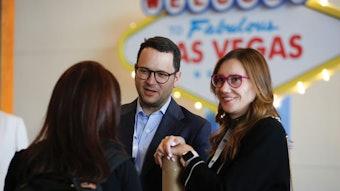Suction: A game-changer in endourology
Could this be the next standard of care in ureteroscopy?
Aspiration is transforming the world of stone removal. Percutaneous nephrolithotomy (PCNL) may be on the way out and suction via the ureter is moving toward standard of care.
“Suction has been around in open surgery forever and is the newest thing we have in endoscopic surgery,” said Ben Chew, MD, MSc, associate professor of urologic sciences at the University of British Columbia in Vancouver, B.C. “Prior to these new aspiration devices, the only way to suction out any kind of stone was through PCNL, involving an incision through the back. Now we can suction out stones through a natural lumen via the ureter. These new aspiration devices mean we’re doing much less PCNL and getting more patients more stone-free.”
Dr. Chew will deliver a State-of-the-Art Lecture, titled “Aspiration Devices—Should We Be Using Them?” during the Plenary, 10:35-10:50 a.m. Sunday in the Venetian Ballroom. The unequivocal answer, he said, is YES.
Ureteroscopy has become the most common approach to stone removal, Dr. Chew explained, but removing stone fragments and dust has always been problematic. Adding suction to straight ureteral access sheaths has limited utility. The rigid tips are difficult to insert into the renal pelvis and can provide limited suction for lithotripsy dust.
The latest generation of flexible and navigable suction allows the sheath to be moved to stones within the pelvis to clear virtually 100% of stone dust and fragments.
“These aspiration devices have allowed us to prevent poking holes in people’s backs to do PCNL and doing stone removal through the natural lumen,” he said. “PCNL is a bit of a subset skill not all urologists and health systems have. But everyone does ureteroscopy. This development has made endoscopic lithotripsy more applicable for many more urologists and more patients in centers that do not do PCNL.”
“It’s better for patients, too,” he said. “They usually don’t have to stay overnight, and it is an easier recovery than an incision in their back.”
One of the new suction technologies, according to Dr. Chew, involves a miniaturized aspiration device inserted percutaneously through the back into the kidney. The combined approach of percutaneous suction with ureteroscopic laser lithotripsy could be used to tackle larger stones that would be difficult using ureteroscopy alone.
There are currently four types of aspiration devices for endourology. All have their proponents, Dr. Chew noted, and there have been few, if any, head-to-head trials. The devices have been available for about a year, leaving urologists at the beginning of a new suction era.
Uptake has been variable.
“At our center, we have replaced all of our rigid access sheaths to be suction ureteral access sheaths,” Dr. Chew said. “We just don’t see that you would ever want to use a nonsuction ureteral access sheath. Whereas there are other centers and urologists who have never even tried these devices.”
Cost has been a barrier, he said. Suction ureteral access sheaths and ureteroscopes cost more than conventional sheaths.
Studies to date point to significant clinical benefits that can outweigh the added cost. Adding suction to endoscopic lithotripsy enables the urologist to dust and remove larger stones that might once have been candidates for PCNL. Plus, adding suction improves stone-free rates.
“This has not yet become the standard of care, but I believe it will,” Dr. Chew said. “This is a technology that should at least be tried by all urologists to see which one fits their technique and practice in terms of cost and utilization. Suction has been a real game changer for stone disease over the last year.”


